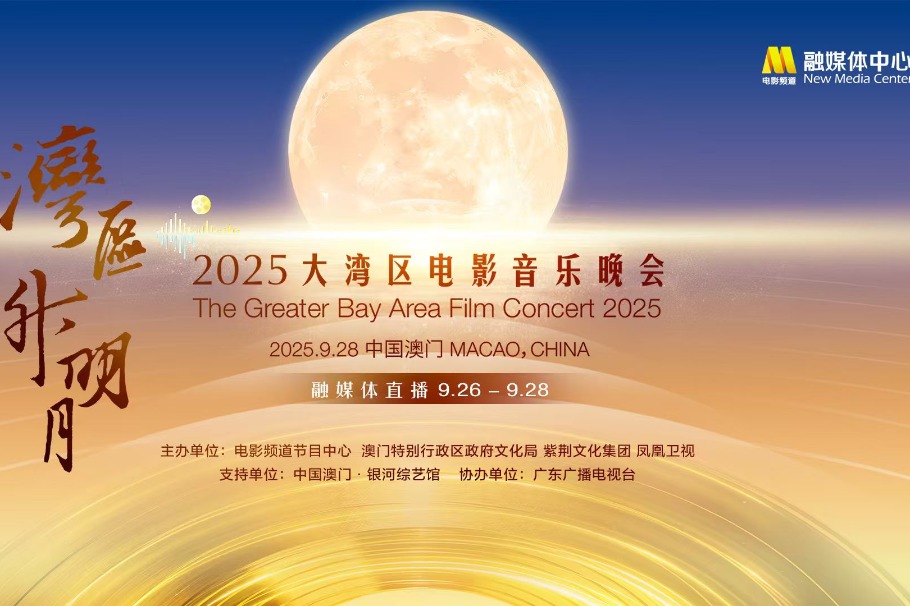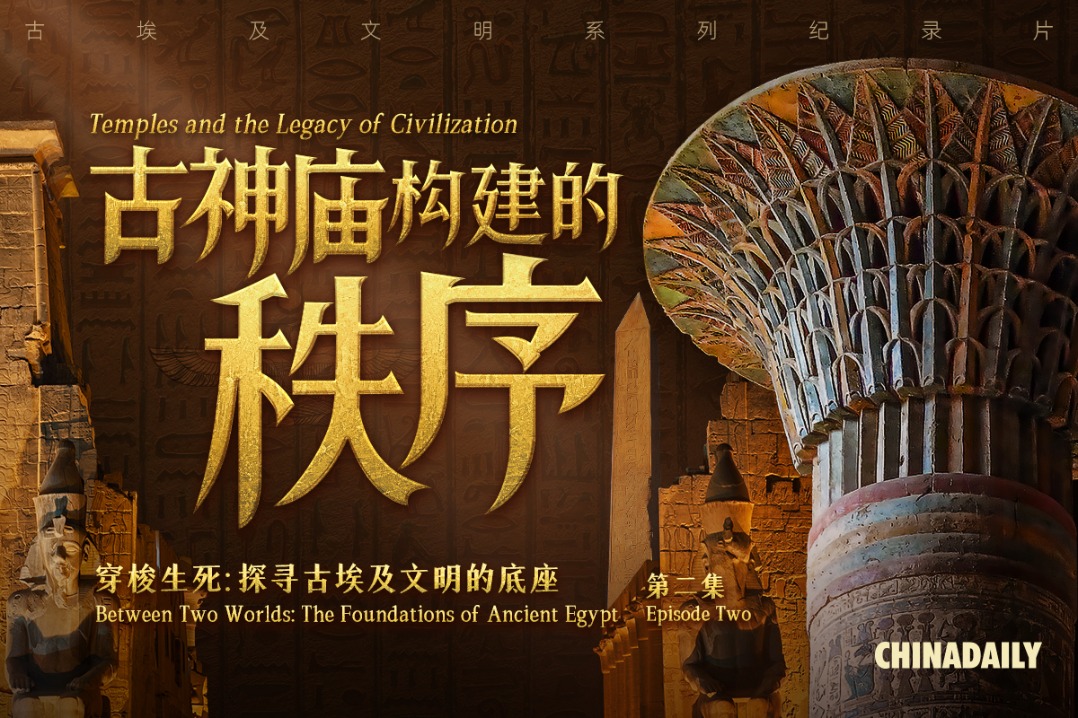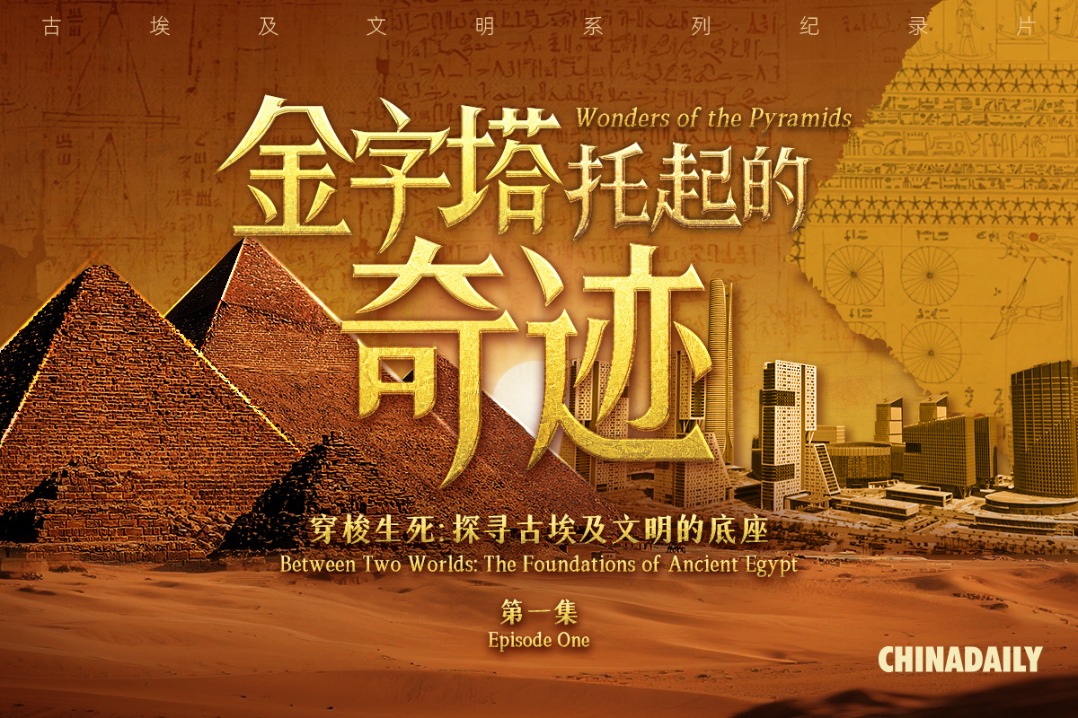How tin toys geared up manufacturing success
Passionate collector keeps alive memories of craftsmanship, design, childhood joy


After the green frog
Beyond their mechanical beauty, tin toys were cultural touchstones. For children born in the 1960s, 70s and 80s, toys like the ubiquitous wind-up hopping green tin frog were like old friends.
Today, Chan is partnering with artisans and designers in Shanghai to breathe new life into these toys. His creations honor the past but are made for the present — beautiful, functional, joyful objects creating memories for a new generation.
He is also the vice-president of the Shanghai Putuo Collectibles &Heritage Association, which was launched in 2002.
The association is committed to the popularization of folk art collections, and the promotion of collecting cultural items as diverse as comics, transportation tickets, and toys.
On June 1, the association launched a new organization, the Research Committee of Modern and Contemporary Toys, to promote the inheritance and innovation of toy culture for a new generation.
It plans to collaborate with academic institutions and collectors to jointly delve into and widely spread toy culture, according to Chan, who is the director of the new branch association.
Chan leads the in-depth exploration of toy history, the refinement of cultural values, the organization of themed exhibitions and academic seminars, "all to enhance public recognition and dissemination of Chinese toy culture", he said.
The collectible toy market has entered a stage of explosive growth, according to the 2021 China Collectible Toy Industry Market Insight Analysis, released by Analysys International, a company that focuses on internet sales and products.
The boom is driven by the rapid growth of Chinese residents' income and the collectible toy market. It's dominated by intellectual property with a focus on product design and platform-based channel operations, the report said.
In recent years, the annual growth rate of the Chinese collectible toy market has remained above 35 percent. It is expected that by 2025, the market size will exceed 150 billion yuan.
The report also pointed out the difference between collectible toys and designer toys.
Collectors focus on rare or vintage toys, often seeking to complete a set or own valuable items, such as older action figures, model cars, or dolls. Designer toys, or trendy toys, such as blind boxes, often represent limited-edition collaborations with well-known brands, pop culture icons, or artists. They are marketed to a younger audience that values exclusivity, innovation and trendiness.
"Some types of designer toys experience only brief popularity and fade away over time — they're trendy for a moment but are soon forgotten. Others, however, manage to stand the test of time and become classic collectibles that are appreciated and sought after by people of all ages," the report said.
Chan was more philosophical, saying people are always trying to explain why everyone likes toys.
"But sometimes, it's simple. We like them because they make us happy, and that's enough," he said.
























